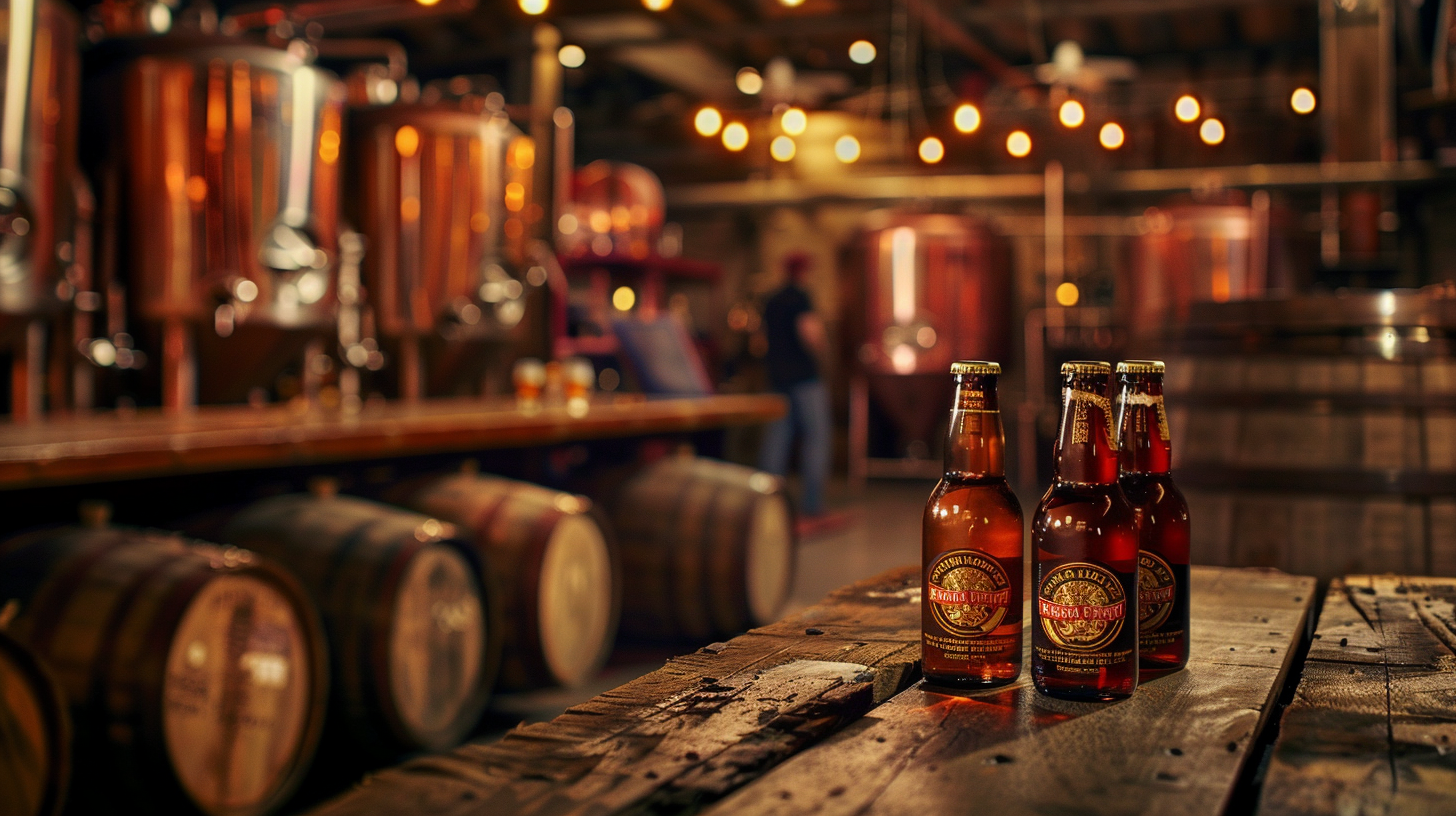The Great American Beer Renaissance: How Craft Beer Saved American Brewing
From post-Prohibition consolidation to the craft revolution that transformed American beer culture forever

Key Takeaways
- •Fritz Maytag's rescue of Anchor Brewing in 1965 sparked the craft beer revolution
- •Jack McAuliffe's New Albion Brewery (1976) created the modern craft brewery template
- •Sierra Nevada Pale Ale became the flagship beer that defined American craft brewing
- •Homebrewing culture and festivals built grassroots support for the movement
- •From 40 breweries in 1978 to over 9,000 today—a 225x increase in 45 years
By 1978, American beer had reached its darkest hour. The once-diverse brewing landscape that flourished before Prohibition had been reduced to fewer than 40 breweries, dominated by macro-lagers that prioritized efficiency over flavor. But in a converted old Anchor Steam brewery in San Francisco, a young Stanford graduate named Fritz Maytag was about to light the fuse of a revolution that would transform American beer forever.
Maytag's purchase of the failing Anchor Brewing Company in 1965 marked the beginning of what historians now call the American Craft Beer Renaissance. When he acquired the 127-year-old brewery for a few thousand dollars, Anchor Steam was the last of its kind—a pre-Prohibition survivor barely clinging to life. But Maytag saw something worth saving in that unique California Common beer, with its distinctive steam-beer fermentation process that had evolved during Gold Rush days.
The revolution truly began to accelerate in 1976 when Jack McAuliffe, a Navy nuclear engineer turned homebrewer, founded New Albion Brewing Company in Sonoma County. Though New Albion lasted only six years, McAuliffe's brewery became the template for the modern American craft brewery: small-scale, independently owned, and focused on flavor over volume. His ales and porters introduced a generation of beer drinkers to styles that had been virtually extinct in America since Prohibition.
By 1980, the movement had found its most enduring champion in Ken Grossman, who opened Sierra Nevada Brewing Company in Chico, California. Grossman's Sierra Nevada Pale Ale became the flagship beer of the craft movement, showcasing the bold, citrusy character of American Cascade hops in a way that both honored English brewing traditions and established a distinctly American identity.
The numbers tell the story of this remarkable transformation. In 1978, America had fewer than 40 breweries. By 1990, that number had grown to 284. By 2000, it reached 1,566. Today, more than 9,000 breweries operate across all 50 states, employing over 580,000 Americans and contributing $88 billion annually to the U.S. economy.
But the renaissance was about more than numbers—it was about reclaiming brewing as an art form. Charlie Papazian's founding of the American Homebrewers Association in 1978 created a grassroots network that turned kitchen-table experimenters into professional brewers. The Great American Beer Festival, launched in 1982, provided a stage for these new brewers to showcase their creativity and compete for recognition.
The movement faced significant challenges. Distribution networks controlled by macro-brewers made it nearly impossible for small brewers to reach markets. Regulatory hurdles left over from Prohibition created a maze of state and federal laws that varied wildly across jurisdictions. Consumer education was perhaps the biggest challenge—convincing Americans raised on light lagers that beer could be complex, flavorful, and worth premium prices.
The pioneers persevered through creativity and community. They started with brewpubs, selling directly to consumers who could taste the difference. They built relationships with independent distributors willing to take chances on unknown brands. They created beer festivals, brewery tours, and tasting events that educated consumers about ingredients, brewing processes, and food pairings.
By the 1990s, the craft beer renaissance had evolved into a full-scale revolution. Regional powerhouses like Boston Beer Company (Samuel Adams), Bell's Brewery in Michigan, and Dogfish Head in Delaware proved that craft brewers could scale up without compromising quality or character. The movement spread beyond traditional beer regions, with groundbreaking breweries emerging in unlikely places: Alaskan Brewing in Juneau, Abita in Louisiana, and Shiner in Texas.
The renaissance transformed not just American beer, but American culture. Craft breweries became community gathering places, economic development engines for small towns, and laboratories for culinary innovation. They revived forgotten beer styles, created entirely new ones, and pushed the boundaries of what beer could be.
Today's craft brewing landscape—with its sour ales, barrel-aged stouts, and hop-forward IPAs—would be unrecognizable to the macro-lager dominated America of 1978. But it would feel familiar to the brewers of the 1800s, who understood that great beer requires passion, craftsmanship, and respect for tradition combined with innovation.
The Great American Beer Renaissance proved that consumers, when given choices, will choose flavor over bland uniformity. It demonstrated that small, independent businesses can thrive alongside corporate giants. Most importantly, it showed that a handful of passionate individuals can change an entire industry—one pint at a time.
Join the Beer Journey
Get weekly updates about America's craft beer renaissance delivered straight to your inbox.